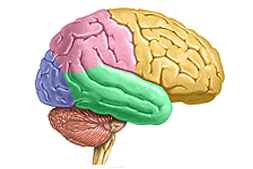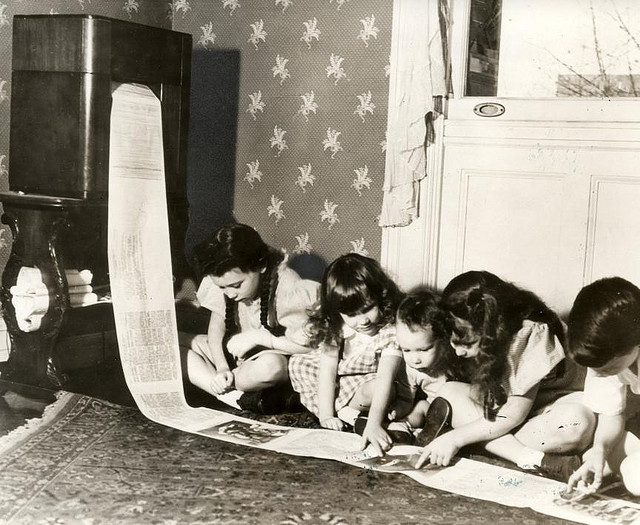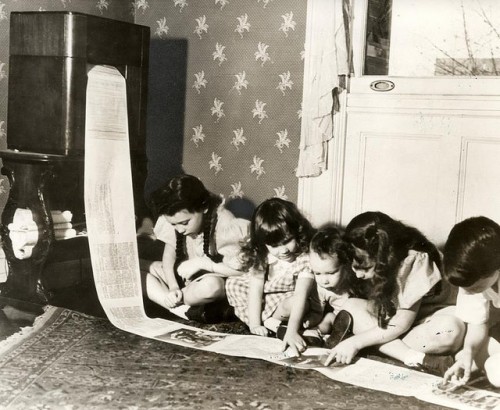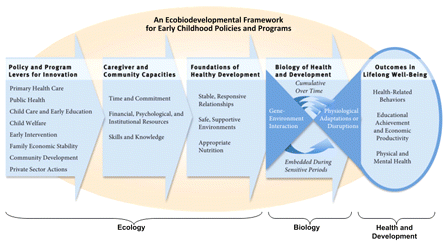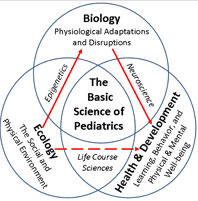The following are some guides and ideas that might help your child be more successful at homework. These guides of homework help could really make a difference in your child’s success in the classroom. If your child seems to get overwhelmed or forget about certain assignments, these ideas are to help your child get on the right path toward being successful in school.
Organizing homework
A good assignment book is essential for completing homework successfully. While some students buy three- by five-inch spiral pads for recording assignments, the pages are too small, the lines are too thin, and there are not visual dividers to separate assignments for children that need more help. Instead a good assignment book is eight and a half by eleven inches, with three holes for inserting it into the working notebook, neatly divided sections, and plenty of room on each page.
To help your child organize homework, you can create a homework help checklist with the following items for each subject:
- I have the materials I need to do the assignment (book, notes, handouts).
- I completed the assignment.
- I checked the assignment to be sure it was correct.
- There was no homework in this subject tonight.
By making multiple copies of the checklist, your child can use one for each subject each night – independently or with your help.
Study space
Routines about when and where homework is completed are essential. While students will not usually admit to it, they all benefit from structure for completing homework. This is especially relevant for students with learning disabilities. The structure can be imposed by you, by teachers, or as a team.
Your child should have an identified study space in the home. Preferably, the space should be used solely for school work. It can be in your child’s room, a quiet area of the living room, or even a walk-in closet. The space should be free of visual and auditory distractions (including games, TV, radio, and other children). It should have a clear work surface, good light, and a comfortable yet well-structured chair. All necessary supplies should be on hand before the child starts, including a dictionary, pencils, paper, ruler, and calculator.
On the first day of school or as soon as possible, you should establish a routine with your child for completing homework. The routine needs to reflect your child’s individual learning style. For example, some students with attention weaknesses work best if they spend no more than fifteen minutes on a subject, move to another assignment for fifteen minutes, and then return to the original assignment (rather than work continuously on the same assignment). Some students do better if they spend a half-hour after school on homework, then take a break to play or eat dinner, then complete the homework.
While the best time for completing homework differs for each student it’s important to establish it and make it a routine in order to give them the best homework help.
Communicating with teachers
Too often, teachers say that parents are not involved enough with their children’s school work and parents say that teachers do not provide enough information for them to help their children. To avoid this situation, establish communication with your child’s teachers as soon as possible – preferably before the first day of school – and maintain it throughout the year.
Ask teachers what organization structures they provide, what they expect from students, and how you can help your child organize materials and study effectively. Ask the teacher to write homework assignments, with a lot of detail, on a blackboard for your child to copy so you will know what the homework is and how it’s to be completed. Be willing to check, sign, and return a homework sheet each night to maintain communications between you and the teacher. Ask the teacher to note how long each assignment should take to complete, then note back to the teacher how long it actually took. This is essential information for the teacher to make appropriate modifications to homework assignments.
Related Websites:




